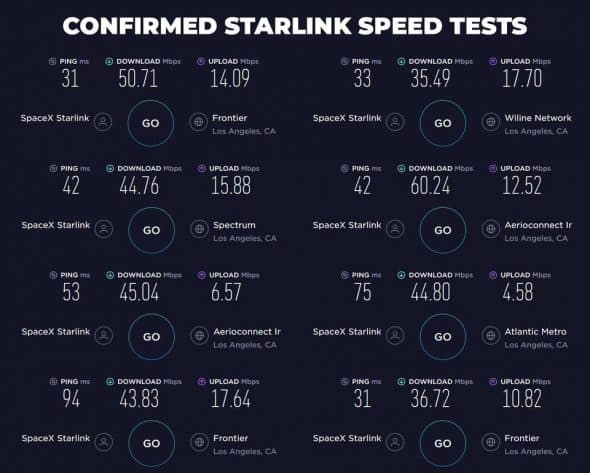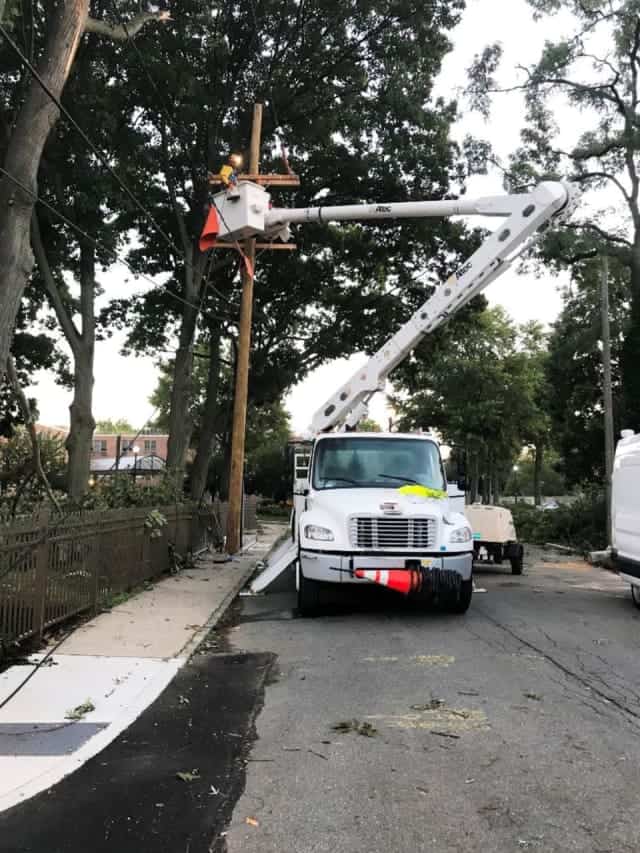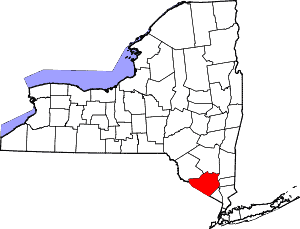 Despite an avalanche of press releases promising a flood of new small cells to manage America’s growing 5G networks, the vendors responsible for equipment, siting, and connectivity report small cell deployment is moving much slower than expected.
Despite an avalanche of press releases promising a flood of new small cells to manage America’s growing 5G networks, the vendors responsible for equipment, siting, and connectivity report small cell deployment is moving much slower than expected.
Cowen, a Wall Street analyst, noted communications infrastructure provider Zayo’s CEO Dan Caruso told investors the 5G small cell business is playing out differently than expected.
“Specifically, carrier activity is more tempered than their messaging five years ago, and the lease-up of second tenants has been slower,” Cowen noted.
Light Reading noted that suppliers and capacity providers have been boosting investments and manufacturing capacity to manage expected orders for millimeter wave 5G equipment that so far are not materializing. Cell tower management company Crown Castle increased its spending dramatically to support Verizon’s claim it would install hundreds of thousands of small cells nationwide. Crown Castle will likely provide a significant amount of the leased space for wireless providers’ small cells. Not only can Crown Castle earn significant revenue from leasing space to Verizon, it can make more selling AT&T and T-Mobile access to those same locations for their own respective small cells. But so far, business has been slow.
To build a nationwide 5G network capable of what the press releases claim, operators will need to lay millions of miles of fiber optic cables, construct 80,000 new cell towers for lower frequency 5G networks, and at least 130,000 locations this year for highly localized millimeter wave 5G small cells.
Analysts note much of the slowdown seems to be disproportionately affecting U.S. mobile networks, with much less of a slowdown among global operators moving rapidly to construct their own 5G infrastructure. Some analysts speculate operators are reducing investments because of a lack of competitive demand, while others suspect providers are now hoarding cash to bid on forthcoming “C” band spectrum that is expected to be auctioned off soon. AT&T, in particular, has also been winding down its own spending programs for fiber buildouts and the government-funded FirstNet first responder mobile network. AT&T’s stock price has been anemic for much of 2020 as investors question AT&T’s lavish spending, especially on its HBO Max and AT&T TV businesses.


 Subscribe
Subscribe SpaceX’s Starlink service is unlikely to compete in the same arena as fiber and cable internet service providers, if leaked early speed test results are an accurate indication of the service’s performance.
SpaceX’s Starlink service is unlikely to compete in the same arena as fiber and cable internet service providers, if leaked early speed test results are an accurate indication of the service’s performance.
 A tropical storm that swept up the east coast of the United States took out Frontier Communications’ landline network, its backups, and 911 service for residents of Orange and Sullivan Counties, N.Y. for 13 hours last night, requiring a response from local fire officials after Frontier’s backup equipment also failed.
A tropical storm that swept up the east coast of the United States took out Frontier Communications’ landline network, its backups, and 911 service for residents of Orange and Sullivan Counties, N.Y. for 13 hours last night, requiring a response from local fire officials after Frontier’s backup equipment also failed.
 Frontier was not the only telecommunications company embarrassed by the tropical storm. Along the Westchester-Putnam border, power outages knocked out cell service. At one location, a backup generator designed to provide backup power to the cell tower immediately caught fire, causing damage to the building at the base of the tower.
Frontier was not the only telecommunications company embarrassed by the tropical storm. Along the Westchester-Putnam border, power outages knocked out cell service. At one location, a backup generator designed to provide backup power to the cell tower immediately caught fire, causing damage to the building at the base of the tower. The Federal Communications Commission has announced a new updated version of its FCC Speed Test app, helping consumers evaluate their internet connection while also sharing performance data with the Commission.
The Federal Communications Commission has announced a new updated version of its FCC Speed Test app, helping consumers evaluate their internet connection while also sharing performance data with the Commission. Verizon is introducing a new wireless home broadband service that will target customers that can get good cell phone reception from home but are stuck with slow speed DSL from the phone company, or no internet access at all.
Verizon is introducing a new wireless home broadband service that will target customers that can get good cell phone reception from home but are stuck with slow speed DSL from the phone company, or no internet access at all.